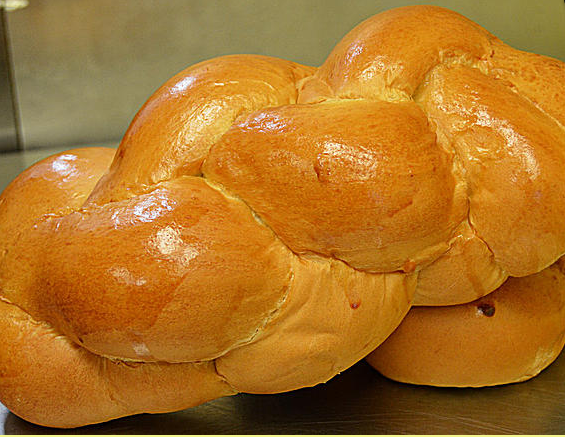What do we know about The Art Of Choosing The Right Kitchen Knife at Kosher Bread Pro ? We know it’s a hot topic for Kosher Baking.
About The Art Of Choosing The Right Kitchen Knife
A good quality set of knives is the most essential part of a properly stocked kitchen. This is especially true if you spend most of your time in the kitchen. Even if you don’t – say, you spend only a few hours each day on preparing and cooking food – you would still find investing in good quality knives worth making. With a little bit of caution and some comparison shopping now, the money you splurge on your knives will reward you with years of relaxed and enjoyable cooking. From another standpoint, poor-quality and dull knives can make simple kitchen tasks tedious and probably unsafe.
This concise article on kitchen knives will provide you a basis for picking the knife that is right for you. It will also give you a summary of the different knives utilized in the kitchen. Another part of the article, moreover, is concerned with clarifying the different instruments used for grinding knives, how to use them like a professional and how you can save some money when shopping for your knife.
In the past, knives have been manufactured from many metals. From a humble beginning as a mere piece of sharpened stone, the current knives began to take form when the early Greeks and Romans completed initially bronze and afterward iron knives. The new current progress of stainless steel destined that non-stain knives were possible at a price lower than what silver knives would have cost.
Carbon or Stainless Steel
Carbon steel can spoil certain foods. Caring for your carbon knife – keeping it perfectly spotless and rinsing well between uses on special foods – can typically solve this problem, however. The main advantage of carbon knives is not only their blade-harp edge, but also the ease of maintaining that sharp edge.
Stainless steel needs much less protection than carbon steel, and it would not spoil any ingredient you may be working on. They are also quite inexpensive as compared to carbon knives. However, stainless steel knives have one main disadvantage: they are very hard to sharpen and they do not remain sharp for a long time.
If you are serious about cooking food, I would recommend that you to stay away from stainless steel knives. In any case, many commercially available knives are manufactured from a high carbon stainless mixture.
Stick Tang or Full Tang
One other significant element of a knife is the tang. This is the part of alloy that runs up between the grips. A complete tang knife has a tang the equal length as the handle itself. The handle is actually made up of two parts and these two parts are divided by the tang. Stick tang machetes use a slim piece of alloy for the tang – it is just a pin that’s found on the handle. It is advised that you choose a full tang knife, as stick tangs are usually movable and this will result in an unsteady handle.
Which knife is right for you? My advice is to choose a high carbon stainless knife with a full tang. Ask your shopkeeper’s opinion, too. Then, when choosing, hold each knife you’re considering to test their weight, stability and ease of handling.
Paul Sidelinger is an expert in the field of knives. He currently owns and operates http://www.razorsharpknives.com/ where you can choose from a variety of knives, pocket knives and hunting knives. Stop by and say hi to him today!
Source: www.articlesbase.com

